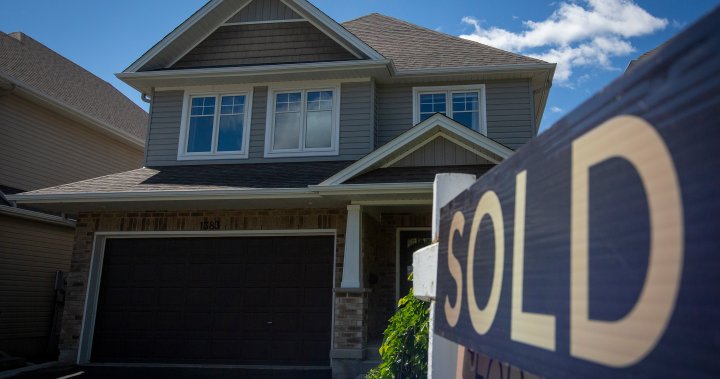
Variable? Fixed? Static? Picking the right mortgage as interest rates rise
Global News
Mortgage costs are rising as the Bank of Canada hikes interest rates. Here's what to know before you lock in a mortgage, be it variable or fixed.
Should you go with a variable-rate mortgage or opt for the old reliable five-year fixed rate? How can you make sure your payments are predictable while also paying down your principal? Are static payments a good idea?
The questions around mortgages are overwhelming at the best of times for home buyers and refinancers, but especially now as the Bank of Canada has aggressively increased its benchmark interest rate to 2.5 per cent from 0.25 per cent over the past six months.
With most economists expecting another rate hike in September, the housing market is expected to cool further in 2022.
But even as many Canadian markets see substantial price drops from the peak in February 2022, higher rates are limiting how much mortgage the banks are offering to buyers.
Personal finance expert Rubina Ahmed-Haq told Global News’ The Morning Show this week that buyers waiting on the sidelines for further price drops need to plug higher rates into their calculations if they’re trying to time the market.
“With increased interest rates, you’re going to have a higher cost of borrowing, so you have to factor that in when you’re buying your home,” she said. “So if you’re going to wait a year, interest rates could be higher, and that means your mortgage payments on the same amount of loan could be higher as well.”
Here’s how to pick the right kind of mortgage and do your own calculations to make sure you’re prepared for rising rates when you sign for your new home, according to experts.
One of the first choices when taking out a mortgage is whether it’s fixed — the same rate for the length of your term — or variable, which means it will rise and fall immediately in line with the Bank of Canada’s policy rate.
